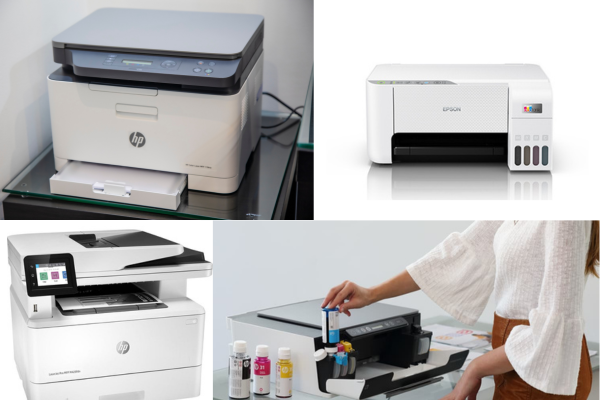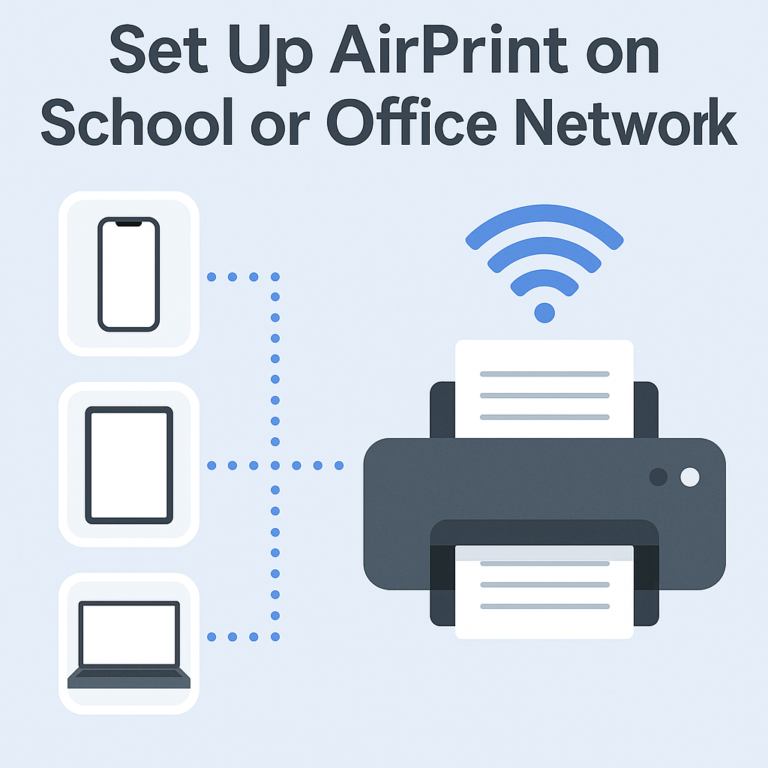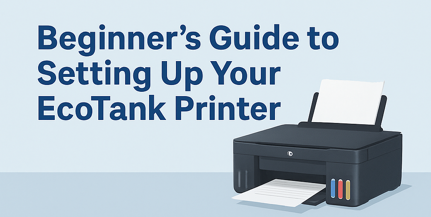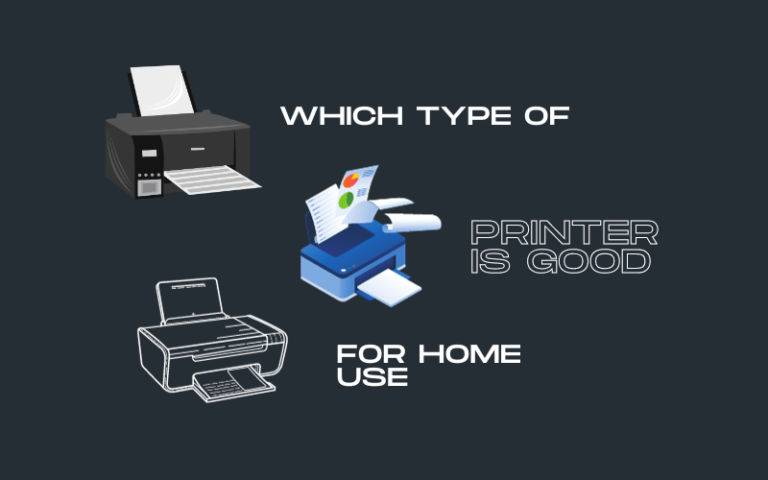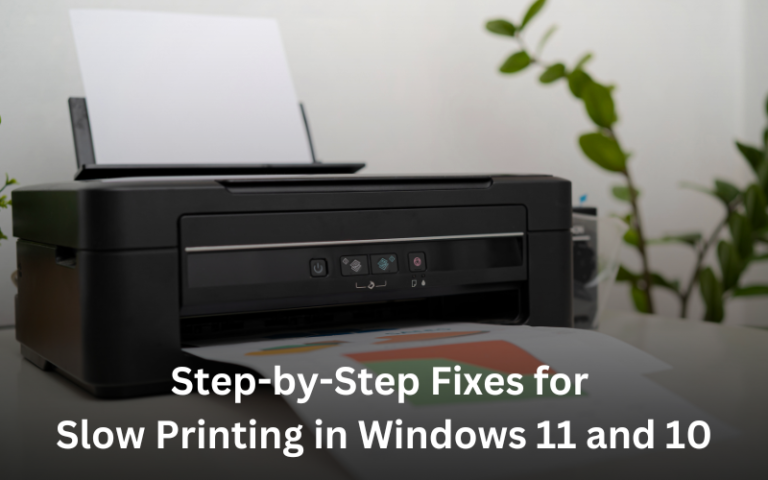Laser Printer vs. Ink Tank Printer: Understanding the Key Differences
When it comes to choosing a printer, two popular options that often come up are laser printers and ink tank printers. Both types have their own unique features and benefits. In this article, we will explore the key differences between laser printers and ink tank printers, shedding light on their technology, print quality, cost-efficiency, and other important factors to help you make an informed decision.
Quick Navigations
Laser Printer vs. Ink Tank Printer
A. Technology and Printing Process:
Laser Printers:
Laser printers employ laser technology and use toner cartridges to produce high-quality prints. The process involves a laser beam that creates an electrostatic charge on a drum, which attracts toner particles and transfers them onto the paper.
Ink Tank Printers:
Ink tank printers, on the other hand, utilize inkjet technology and come with built-in ink tanks. The ink is delivered to the printhead through tiny nozzles, which then eject tiny droplets of ink onto the paper to form the desired print.
B. Print Quality and Speed:
Laser Printers:
Laser printers excel in producing sharp and crisp text documents. They are capable of delivering high-resolution prints with precise details. While laser printers may not offer the same level of vibrancy for graphics and images compared to ink tank printers, they are generally faster in terms of print speed.
Ink Tank Printers:
Ink tank printers are known for their ability to produce vibrant and colorful prints, making them ideal for printing photos and graphics. They offer a wider cooler gamut and can accurately reproduce subtle Colour gradations. However, the print speed of ink tank printers is typically slower than that of laser printers.
C. Cost Efficiency:
Laser Printers:
Laser printers often have a higher upfront cost compared to ink tank printers due to the technology and components involved. However, they tend to have a lower cost per page in the long run. Toner cartridges have a higher page yield and can handle large volumes of printing, resulting in lower running costs.
Ink Tank Printers:
Ink tank printers have a relatively lower upfront cost compared to laser printers. However, the cost per page can be higher due to the frequent replacement of ink cartridges. Ink tanks may require refilling or replacement more frequently, especially for users with high-volume printing needs.
D. Printing Requirements and Durability:
Laser Printers:
Laser printers are well-suited for users with high-volume printing needs. They have a higher duty cycle, meaning they can handle large printing tasks without compromising performance. Laser printers are also less prone to ink drying, making them suitable for users who require occasional or sporadic printing.
Ink Tank Printers:
Ink tank printers are a good choice for users who priorities photo printing and Colour accuracy. They are often preferred by photographers, graphic designers, or individuals who require high-quality prints. However, ink tanks may dry out over time, especially if the printer remains inactive for long periods.

In summary, laser printers and ink tank printers have distinct features that cater to different printing requirements. Laser printers are known for their speed, sharp text prints, and long-term cost efficiency, while ink tank printers excel in producing vibrant graphics and photos. Understanding the key differences between these two printer types will enable you to make an informed decision based on your specific needs, budget, and printing expectations.

